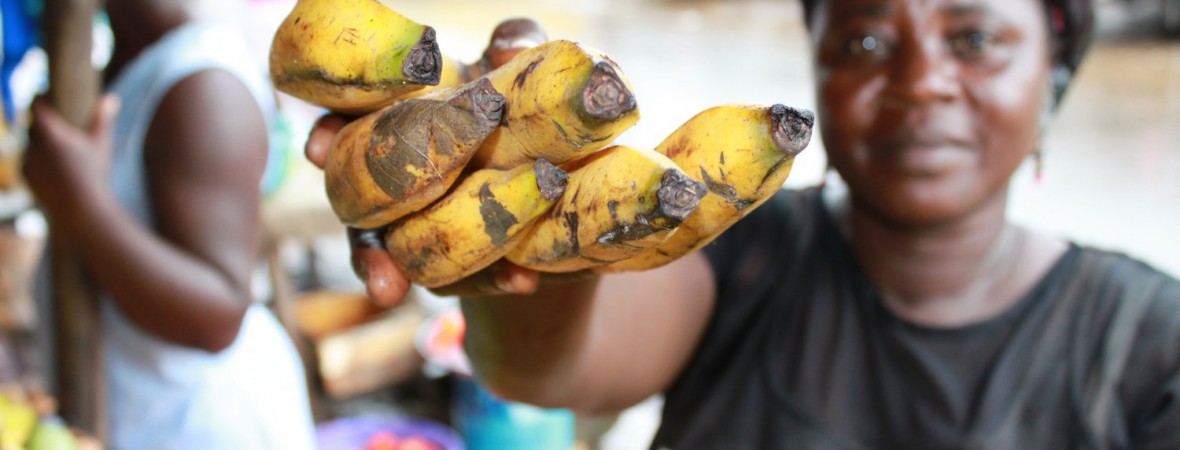1.1 What is the EIF
The EIF is a multi-donor programme, which supports LDCs to be more active players in the global trading system by helping them tackle supply-side constraints to trade. In this way, the programme works towards a wider goal of promoting economic growth and sustainable development and helping to lift more people out of poverty. The programme is currently helping 51 poorest countries worldwide, supported by a multi-donor trust fund, the EIF Trust Fund, with contributions from 23 donors. A high-level pledging event in 2007 set a funding target of US$250 million over five years – and both additional and ongoing contributions are being sought.
1.2 History of the EIF
The Integrated Framework (IF) was set up in 1997 at the WTO and subsequently reviewed in 2005. View the Task Force Report on the enhanced IF and the Task Force recommendations. In line with the Brussels Programme of Action, there has been significant work undertaken to create a more results-focused, accountable and responsive EIF programme. There is a keen focus on country ownership, greater coordination and commitments from all EIF partners, stronger national and global governance structures and additional financial resources to match LDCs' demands. The EIF programme is now fully operational. Read the report from the first EIF global workshop and the Ministerial EIF breakfast in 2009.
1.3 Aim of the EIF
The EIF programme creates a genuine partnership among all EIF stakeholders to show results on the ground. Working in close cooperation are donors, six core partner agencies, observer agencies, the Executive Secretariat (ES) and the Trust Fund Manager (TFM) and other development partners who are supporting LDCs' own drive to:
- mainstream trade into national development strategies;
- set up structures needed to coordinate the delivery of trade-related technical assistance;
- and build capacity to trade, which also includes addressing critical supply-side constraints.
The EIF process aims to strengthen donors' support to a country's trade agenda. LDCs can use the EIF as a vehicle to assist in coordinating donors' support and to lever additional Aid for Trade resources, whereas donors can sign up to the EIF as a vehicle to deliver on their initial Aid for Trade commitments.

